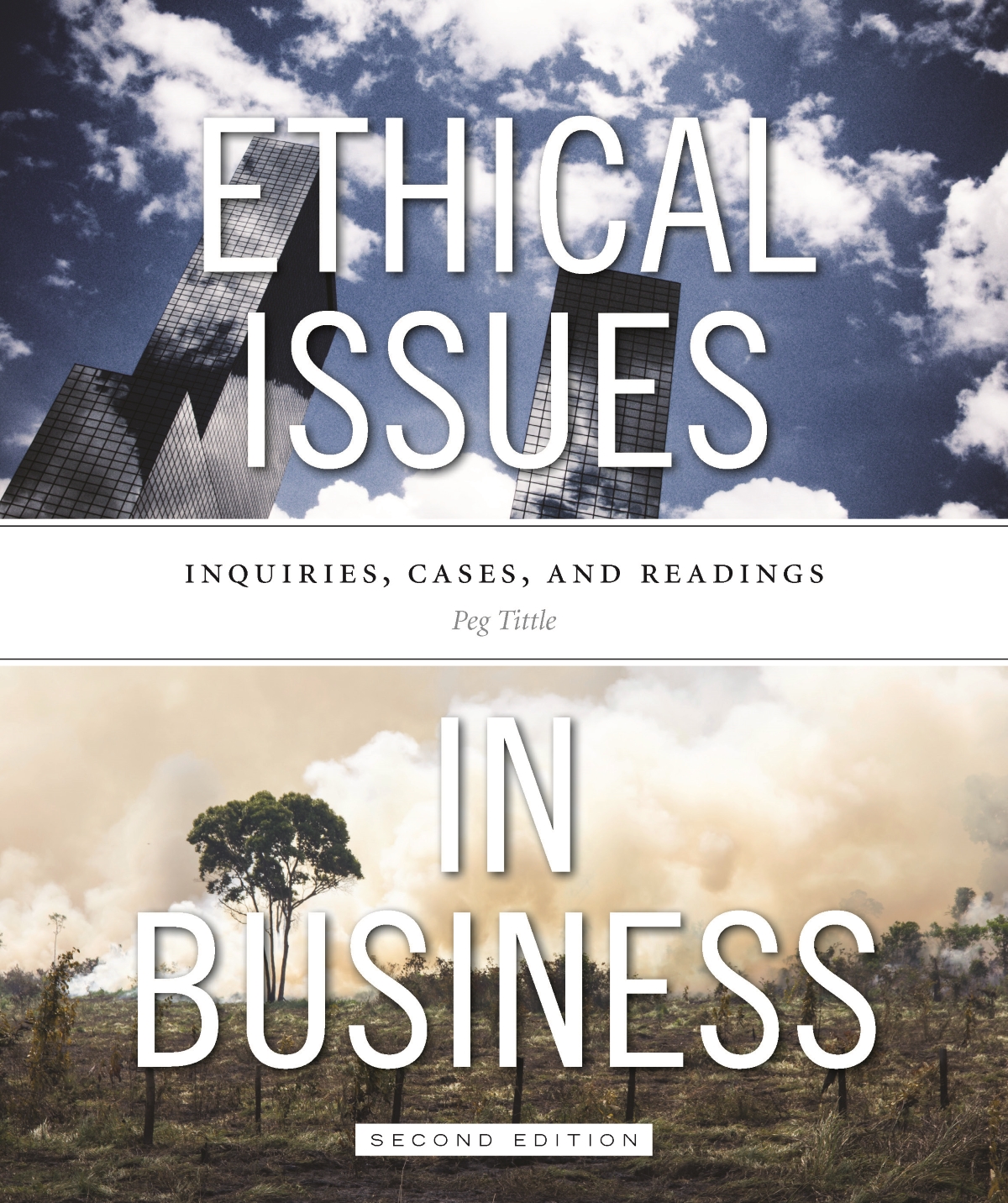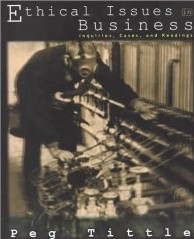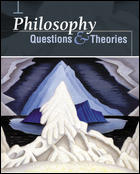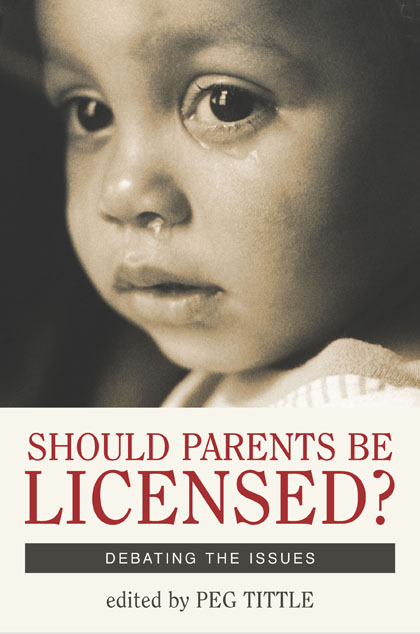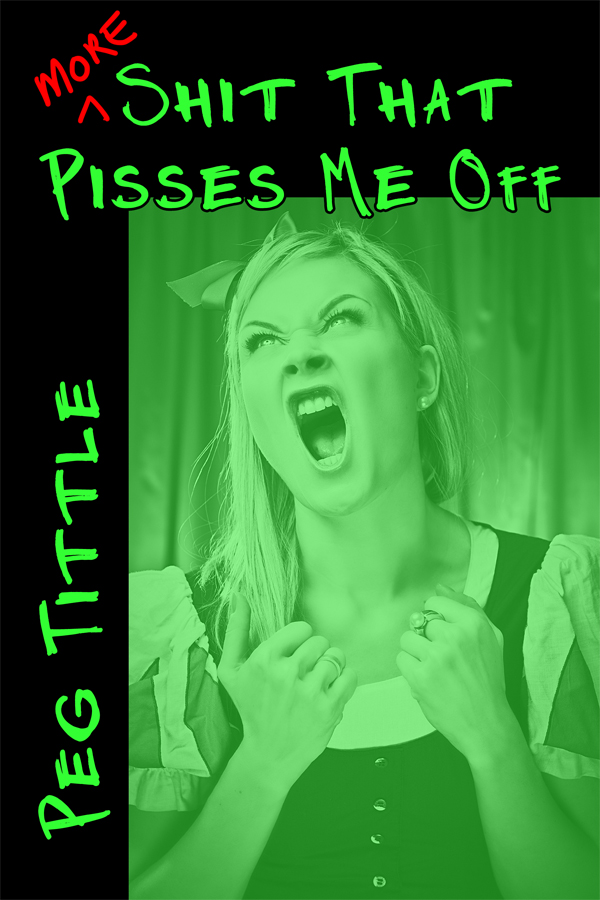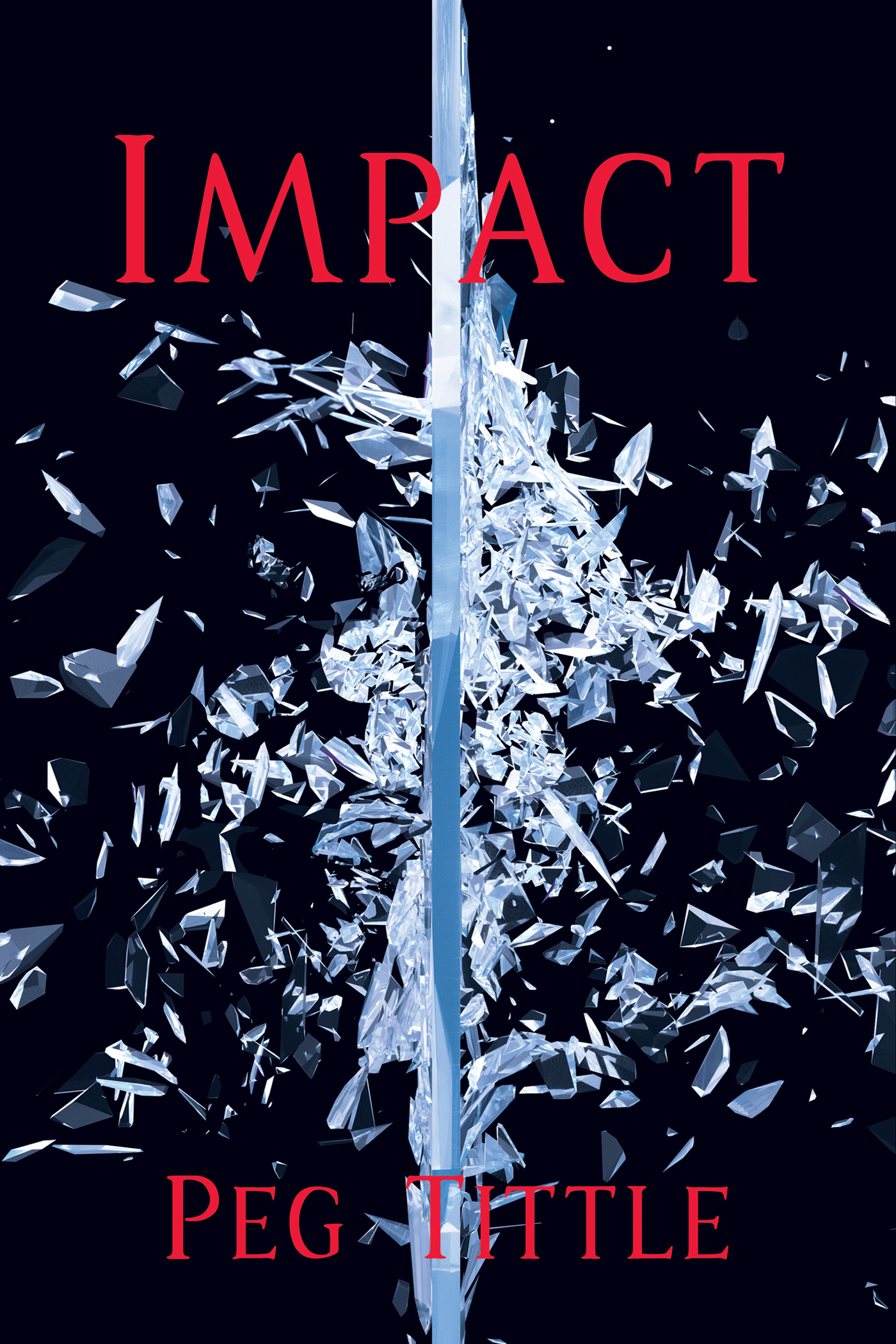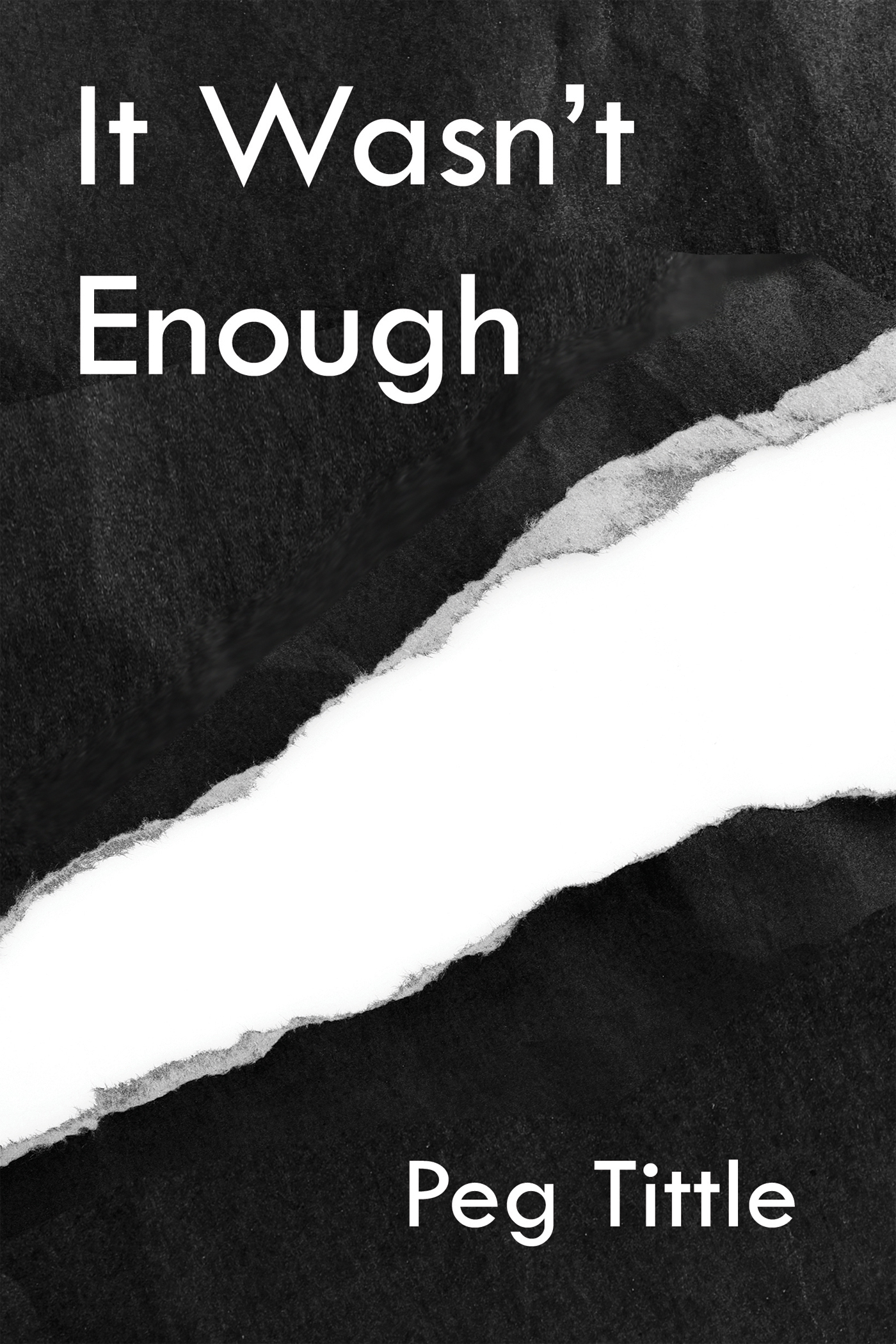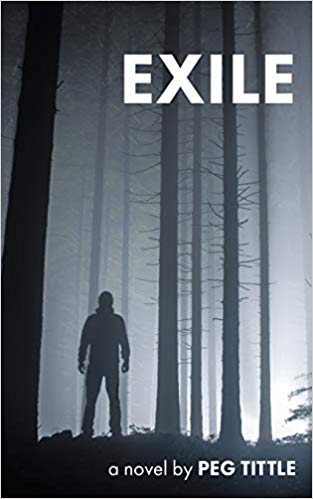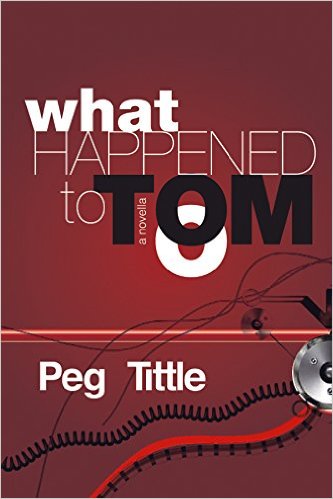This is not “a recreational paradise” or “a summer playground”. This is our neighbourhood.
Those labels are marketing ploys used by real estate agents and business owners eager to make money on sales. They do not speak for us. We live here; they do not.
Many of us have lived here for five, ten, twenty years. Half of us are retired; half of us still work. We live here because we want to live on a lake in a forest. We love to look out at the water and see the sun sparkle, the moonlight shimmer. We love to hear the birds and see the squirrels at our feeders; we stand in awe when we see the occasional moose or bobcat. We sit out in the evening and look up at the starry sky. We open our windows at night to hear the loons as we fall asleep. We love the peace and quiet; we bask in the solitude.
So when you ‘summer people’ come here on the weekends and do whatever the hell you want, of course we consider it an invasion. And of course we want our neighbourhood back.
When you come here, you’re not leaving the city and driving to a place where you can ‘let loose’ – you’re simply leaving your own neighbourhood and entering ours.
When we have asked, politely, that you not drive so fast in your pick-ups, we were told we don’t own the road. (And to prove it, you sped up as you passed us, spraying gravel in our faces.)
When we have asked, politely, that you not come so close to us on your seadoos, you have screamed at us “You don’t own the fucking lake!”
True enough. But this is not a public campground: it is not empty before you arrive, it does not exist solely for your pleasure, it is not empty when you leave. Did you really think no one lives here?
Right. Okay. Continue reading



